
Customer Managed Inventory: What It IS, How It Works
Customer managed inventory (CMI) is a supply chain management strategy in which the customer, rather than the supplier, is responsible for managing inventory levels and placing replenishment orders. This approach contrasts with vendor managed inventory (VMI), where the supplier takes on the responsibility for inventory management. How It Works: Customer managed inventory (CMI) is a […]
Read More
Just-in-Time Manufacturing: A Comprehensive Guide
In the fast-paced world of manufacturing, efficiency and cost-effectiveness are paramount to success. Just-in-time (JIT) manufacturing has emerged as a revolutionary approach that streamlines production processes, reduces waste, and enhances overall profitability. This inventory management strategy aims to deliver raw materials and components exactly when they are needed for production, eliminating the need for excess […]
Read More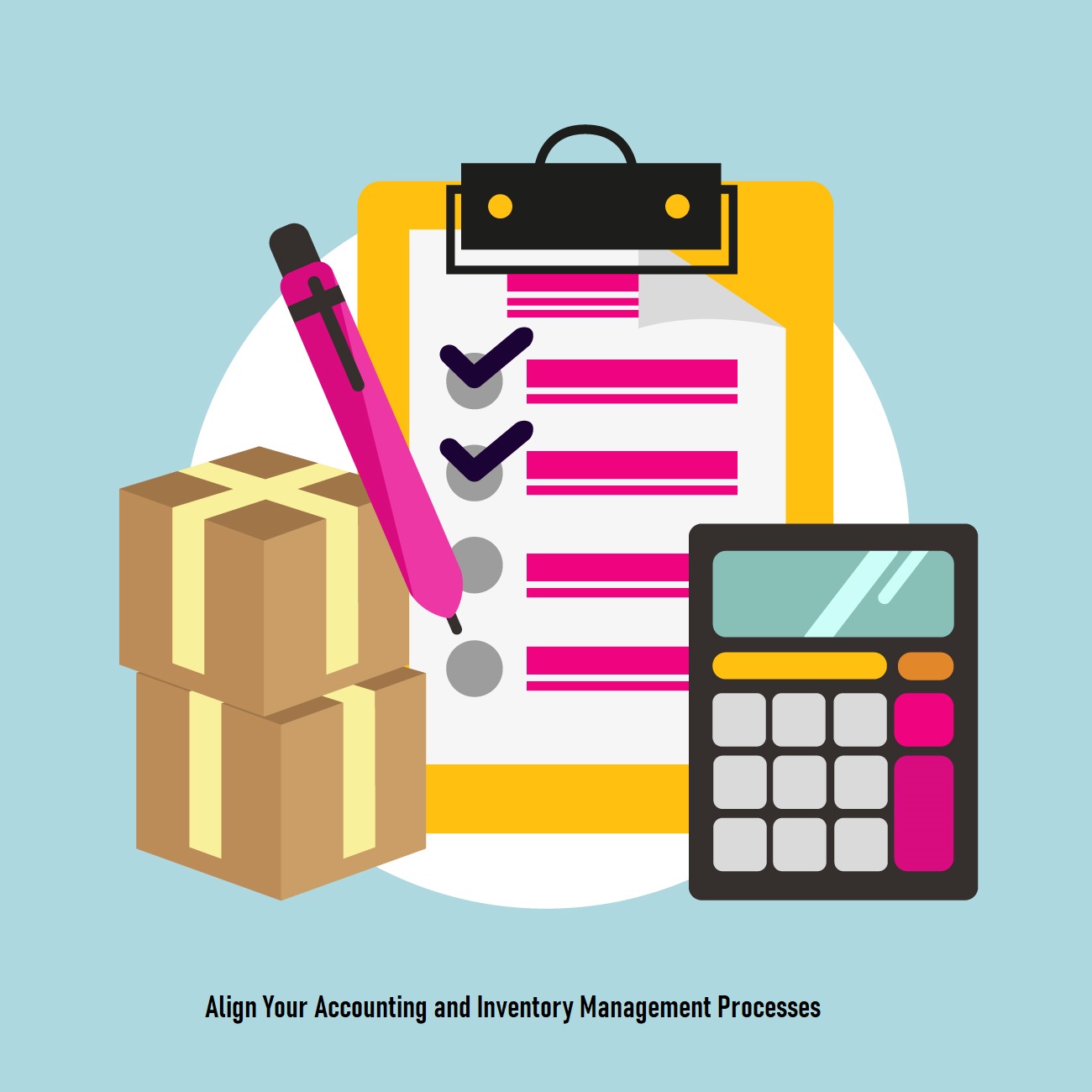
How to Align Your Accounting and Inventory Management Processes
Inventory management and accounting play crucial roles in ensuring the smooth operation and financial well-being of an organization. While these two functions may seem distinct, they are intricately interconnected and share a common goal: to optimize resource utilization and maximize profitability. Aligning accounting and inventory management processes is essential for achieving this shared objective. Interconnectedness […]
Read More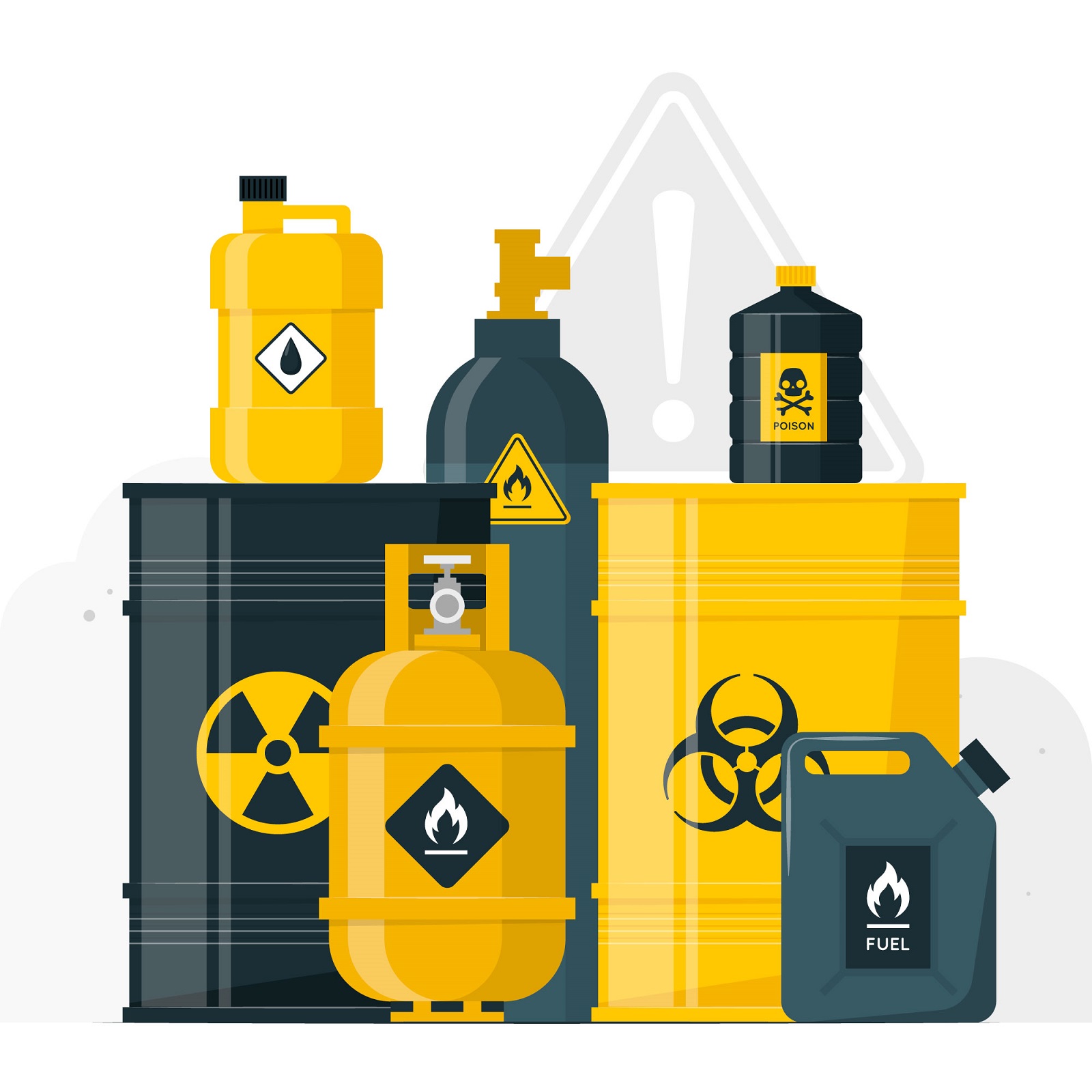
Inventory Management for Hazardous Materials: Ensuring Safety and Compliance
Hazardous materials, encompassing a wide range of substances with inherent hazards, pose unique challenges in handling, storage, and disposal. Improper management of these materials can lead to a cascade of adverse consequences, including: Core Elements of Hazardous Materials Inventory Management: Effective hazardous materials inventory management encompasses a series of interconnected practices that ensure the safe […]
Read More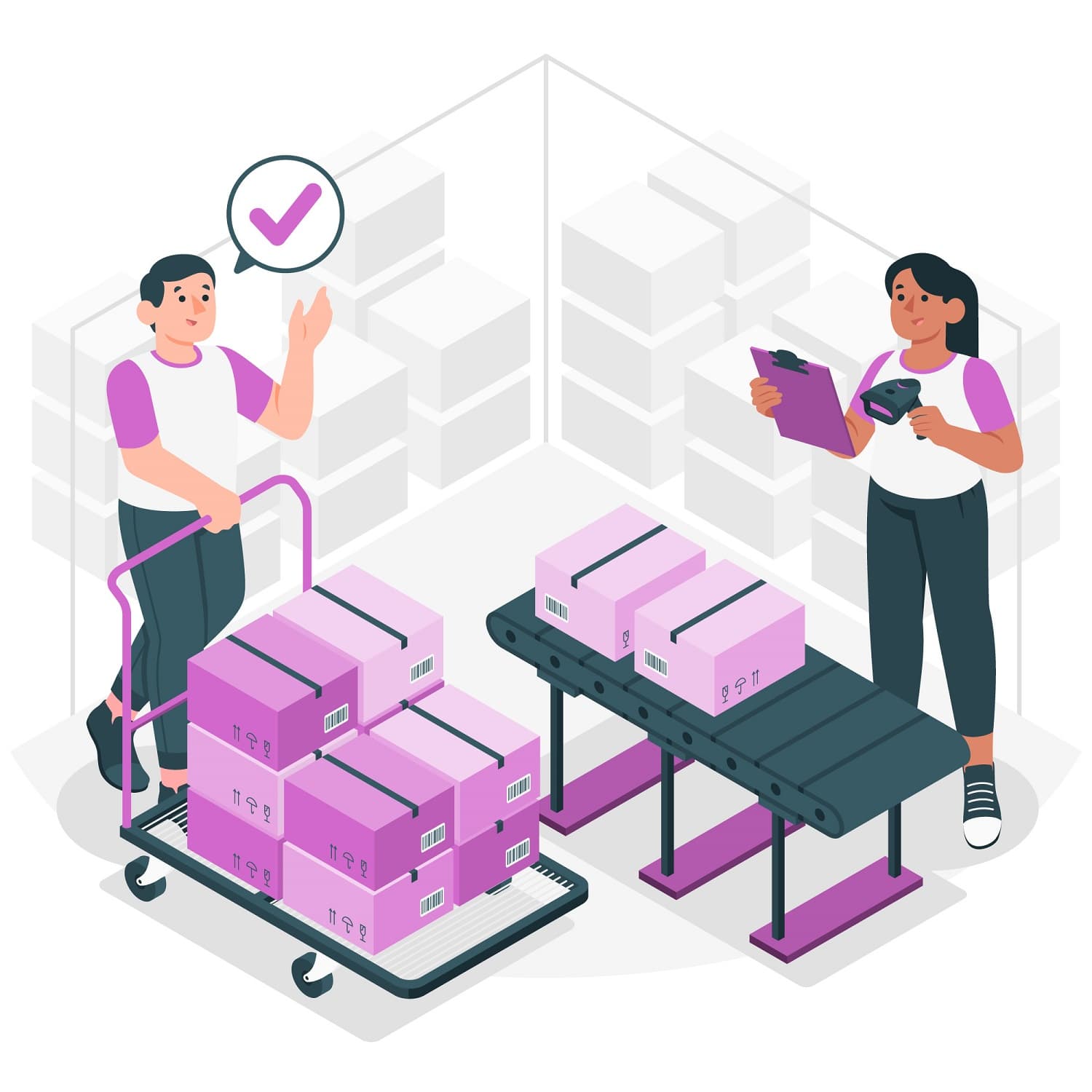
Two-Bin Inventory Control: A Simple Yet Effective Way to Manage Your Stock
Two-bin inventory control is a simple yet effective inventory management system that utilizes two bins to segregate inventory into working stock and reserve stock. This visual approach provides a clear picture of inventory levels, preventing stockouts and overstocks, and is particularly well-suited for low-value, high-volume items with consistent demand patterns and predictable lead times. Key […]
Read More
Understanding Inventory Carrying Cost: A Simple Guide
Inventory management is a critical function for any business that deals with physical goods. One of the key aspects of inventory management is understanding the concept of inventory carrying cost. Inventory carrying cost refers to the expenses associated with holding and storing inventory, including things like rent, insurance, depreciation, and opportunity cost. Effective management of inventory carrying cost is essential for optimizing […]
Read More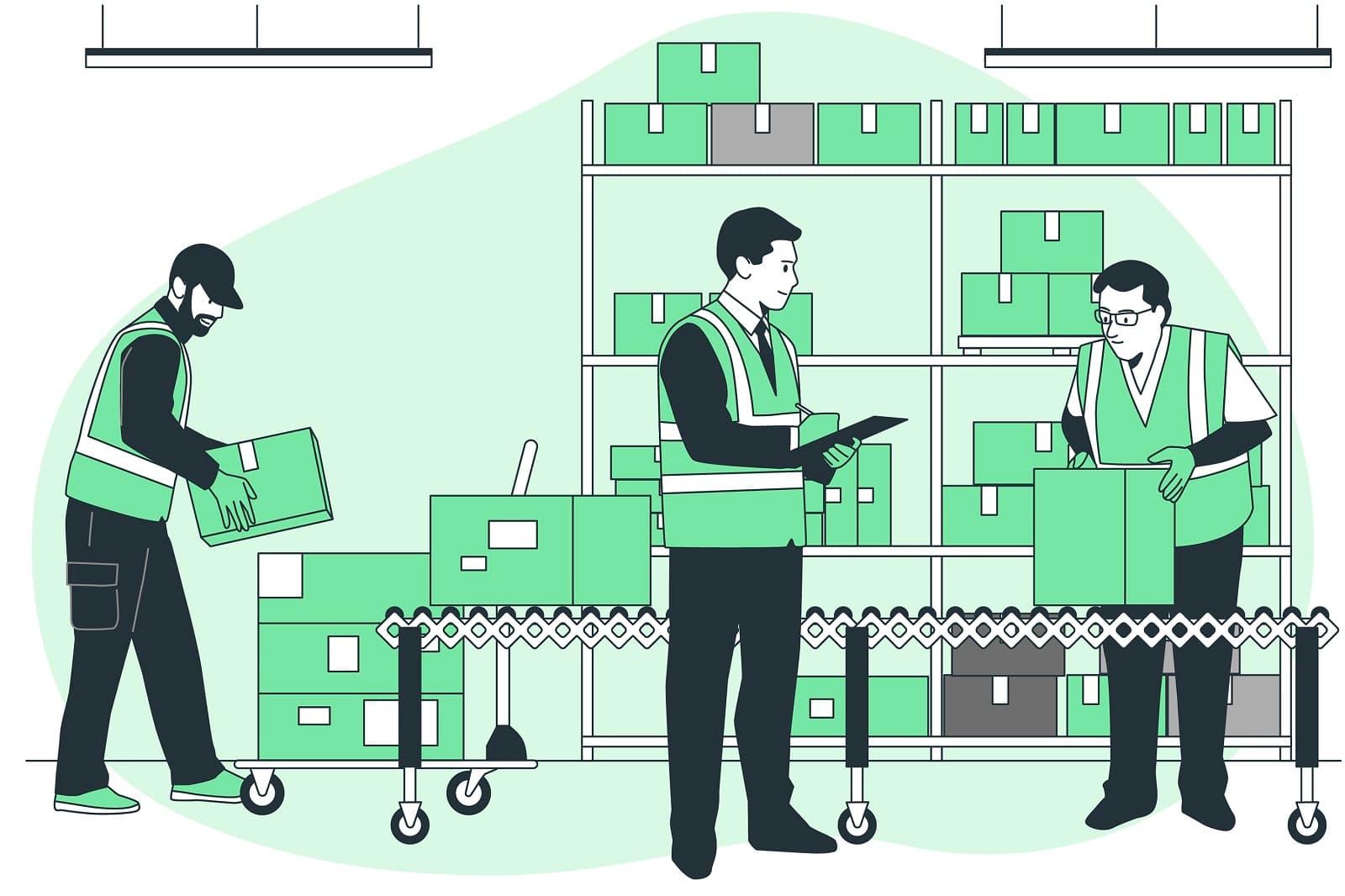
Reserve Stock: Ensuring Order Fulfillment
Reserve stock, also known as allocated inventory or committed inventory, is a designated portion of inventory assigned for specific purposes. It represents inventory that is not immediately available for general sales or consumption and is instead earmarked for specific projects, customer orders, or upcoming events. Reserve stock is typically allocated for the following reasons: Distinguishing […]
Read More
Overcoming Stock Issues: A Comprehensive Guide for Businesses
While inventory is the lifeblood of a business, it can also be a double-edged sword, presenting challenges in the form of overstock, understock, and stockouts. These issues can significantly impact profits, customer satisfaction, and even brand reputation. However, fear not, business warriors! With effective strategies and practical tips, we can combat these inventory demons and […]
Read More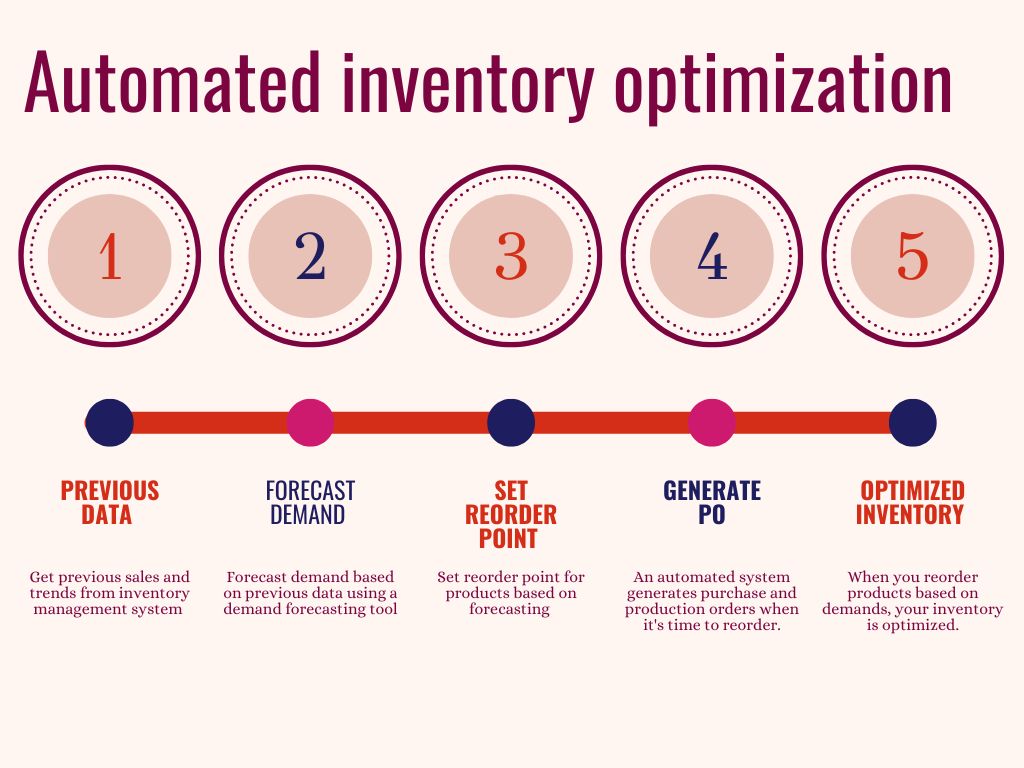
Automating Inventory Replenishment: Never Run Out Again
Automatic inventory replenishment is a process, and a valuable one at that. It involves using technology and data to automatically order new stock when existing inventory levels reach a predetermined point. This helps businesses avoid stockouts, improve efficiency, and optimize their inventory costs. Imagine a world where stockouts are a distant memory. A world where […]
Read More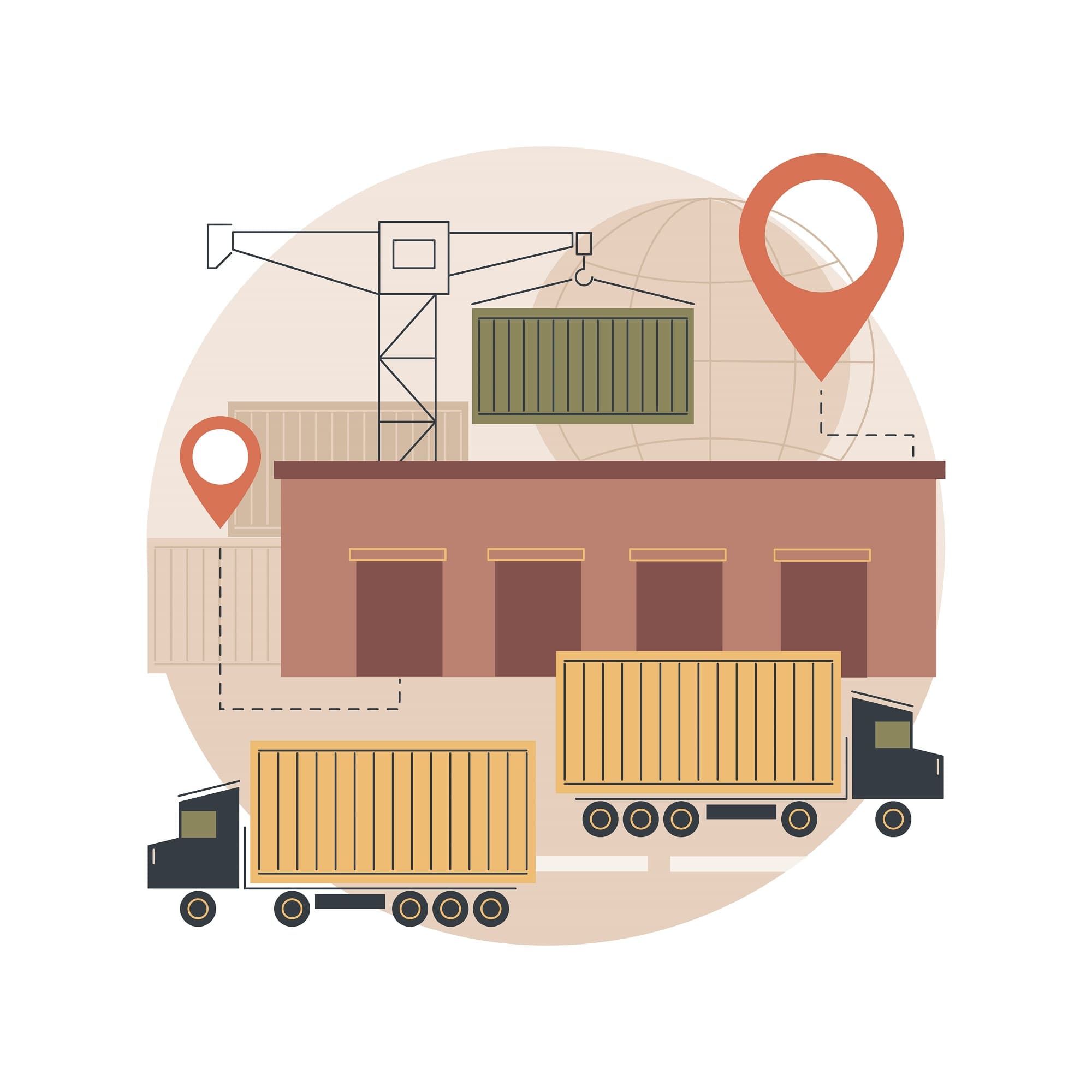
Transit Inventory in Inventory Management: A Comprehensive Guide
Transit inventory, also known as goods in transit, pipeline inventory, or transportation inventory, refers to finished goods that have been shipped from a seller but have not yet reached the buyer’s location. This temporary state of inventory occurs during the transportation phase of the supply chain, bridging the gap between the seller’s warehouse and the […]
Read More